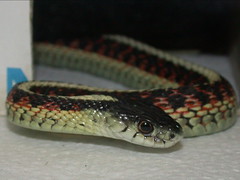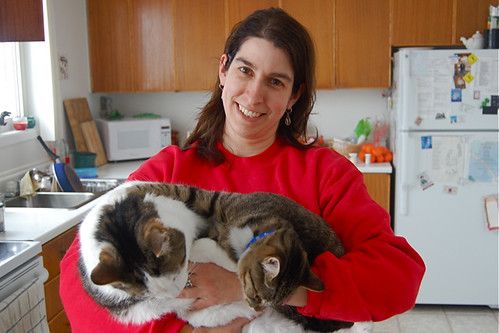Dark sky vacations
The night sky in Shawville is darker than Ottawa’s, but it’s not as dark as I would like; there’s still a bit of ambient light pollution, some from the town itself, some a result of being an hour’s drive from a million-strong metropolis. (For more on light pollution, see this post on The Map Room.)
So it has occurred to me that I could tie my desire to see the stars under some truly dark skies with my often-procrastinated desire to get some camping in. Problem is, most campsites are in wooded areas, presumably because most people aren’t comfortable camping in open, unsheltered spaces. Some investigation, I thought, would be in order: it would be nice, for example, if Bon Echo Provincial Park had campsites with good astronomical sight lines, because according to the maps it’s in a really dark area.
Fortuitously, there was this Ask MetaFilter question about where to travel to observe under dark skies, which I stumbled across the very same day I had been reviewing SkyNews’s list of dark-sky observing sites in Canada. From the former came a link to a brief list of dark sites (PDF) from the International Dark Sky Association; from the latter, a link to Gordon’s Park, a site on Manitoulin Island. Gordon’s Park caters to astronomers, providing a dark-sky campsite and cabin, plus interpretative programs. It’s also the subject of the Arrogant Worms song, “Mounted Animal Nature Trail,” which is a weird coincidence. It’s a seven-hour drive — and, suddenly, on our summer to-do list.
Update, April 6: I should also mention Phil Harrington’s ObservingSites.com, which includes a reference to a site in the nearby La Vérendrye reserve.


